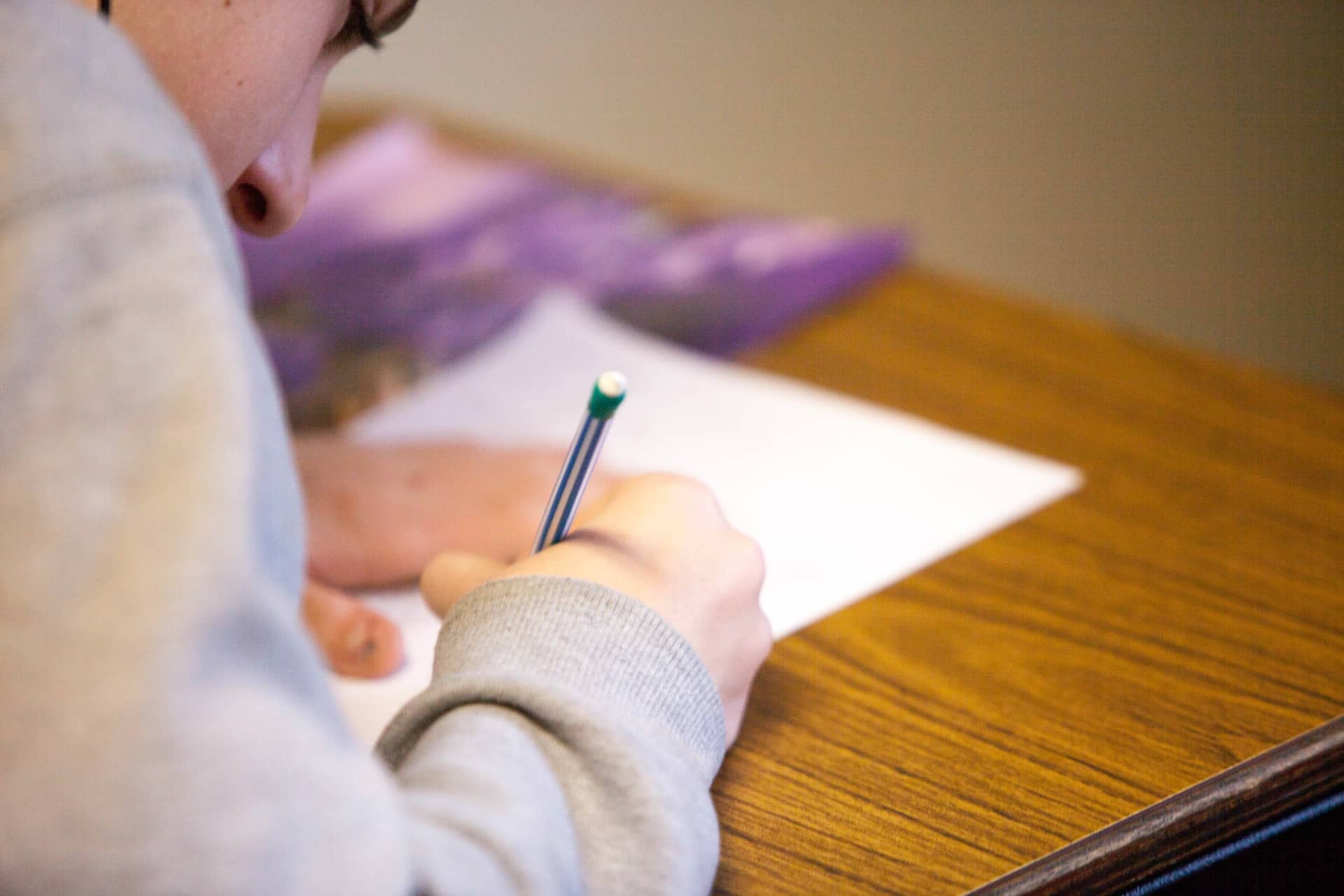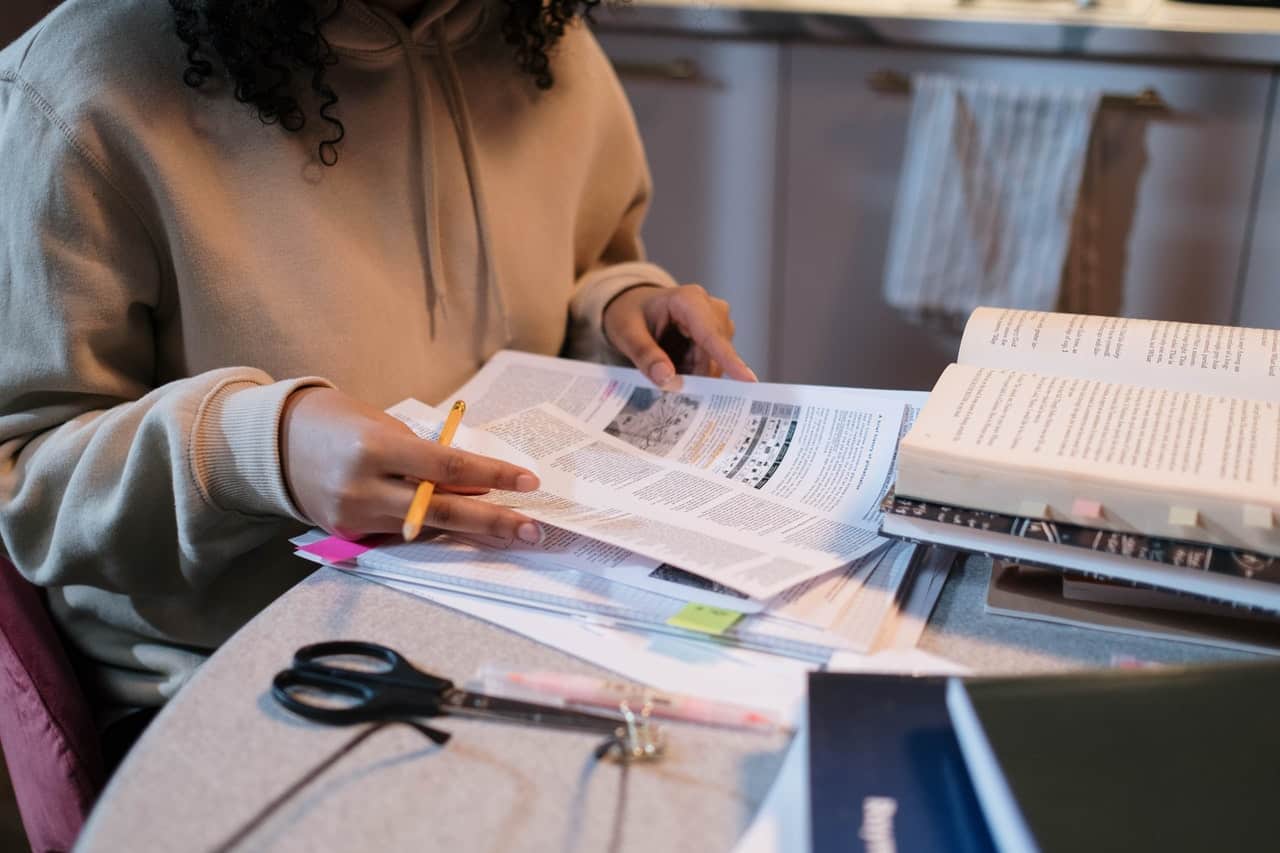
In today's post, We are going to present you a guide that includes the steps to follow when correctly performing how to make a text comment. This post may be interesting for those 2nd year high school students, who in a few months will take the selectivity tests, but it may also be of interest to another public that loves language and literature.
To make a good commentary on a text, whether philosophical, historical or on a literary subject, it is essential to be clear about the fundamental ideas that are expressed in the topic, it is not necessary to learn everything by heart, but to understand it. You have to know how to relate what happens, and have a clear structure to follow in a comment. If these points are not clear to you, it can be a problem.
We hope that with the following tips and schemes that we are going to teach you, making a text comment will be an easier process for you. It is normal to feel some pressure and even fear when facing this test since it can be somewhat overwhelming if you do not work well. Think that following a basic scheme will help you get used to it and not lose concentration.
What is a text comment?

First of all, let's define what a text comment is in case someone doesn't know yet. A text is a written document that can provide us, after an interpretation, with knowledge on different topics. it can be historical, philosophical, artistic, etc.
The main purpose of making a text comment is to try to bring the youngest closer to the understanding of the topic dealt with in the text, all this from certain elements included in the writing. Therefore, it is essential to know how to place the text in the historical context in which it occurs. To make a good text commentary, it is not only important to know the context but also to analyze its author, understand what is being narrated, know how to classify the text, etc.
To make a text comment, There is no magic formula for everything to be perfect, there are different systems to follow depending on the type of text we are dealing with. That is, commenting on a romance is not the same as commenting on a philosophical article. Each of the texts requires a more in-depth analysis of one section than another.
Also, it depends on the person who makes the comment, since as we all know, each of us can adapt his writing to his tastes, ways of writing and knowledge.yes In other words, if you are a person who knows a lot about history, it is normal that in the context section you expand more than a person who does not have as much knowledge.
We recommend that before starting the text comment, you draw up a diagram with the different parts to follow, so you'll have a visual guide so you don't get lost or leave nothing to comment on.
What steps should I follow for a text comment?

Next, in this section, We are going to indicate what would be the scheme to follow to make a text comment as complete as possible. Next, we will expand on each of these points to comment on what should be discussed in each of them.
Basic scheme
- reading and preparation
- Text Classification
- Text analysis
- Text commentary
- criticism / conclusion
These would be the five basic points that should appear in any text comment to be as complete as possible. Depending on the knowledge of each one, there will be parts in which you can extend more and others that less.
Reading and sorting

We start with the most obvious part to start a text comment and that is, to carry out a careful reading. This first general reading of the text will help you to have a first idea about what they are talking about and its meaning.
In the second reading that you make of the text, you will underline key words that appear. Highlight what you think is most relevant, keywords for better understanding. They can be phrases, names, dates, etc.
It is essential to highlight those primary ideas that indicate the main ideas of the text. In addition, you can also underline secondary ideas with a different color for clarity. It is also very useful to use marginal notes to make attention calls or make explanatory notes.
Text Classification
At this second point where we find ourselves, it is important to talk about a series of essential aspects for a good classification. We are going to talk about the nature of the text, the context and its author.
Nature
In this first section, you should talk about the topic that is dealt with in the text. As you already know, the texts can be classified as legal when they have a legal character, literary historical when they have a clear subjective character, narrative texts when talking about a historian or author of the facts and other types such as fiscal, contractual, economic, etc.
Space time
To talk about spatio-temporal circumstances, we must talk about when and where the text was written. It is essential to indicate the exact or approximate date on which the text was written, in some of them it may appear in the text, making it easier.
In the event that it does not appear, it must be deduced from the content of the text. It is important to point out, the historical moment to which the text corresponds. If you are in front of a historiographical text, you must indicate two dates, the date on which the text is written and the date on which the narrated action occurs.
In addition to this, it must be placed in the historical context in which it was created and explained. It is also essential to talk about who is the author of the document. We must talk about his identity and the historical circumstances that he has lived through.
Addresses
The last section that you will talk about in this second point of the analysis, is the identity of the recipient to whom the text is addressed and the objectives it pursues, that is, its purpose.
text analytics

Once we have finished the classification of the text, it is time to start its analysis. This analysis of which we speak, supposes the central part of the commentary. In it, we will talk about the theme and content.
On certain occasions, it may be the case that the text is not commented, but that we deviate from the topic, which is something wrong. You must stick to the text in front of you and for greater support, you can make quotation marks and comment on them.
Next, we propose a structure that for us is the most appropriate when completing the text comment section. You can follow the one that we are going to teach you or others presented by other authors or professionals from the educational sector.
Analyzing the content
First of all, is start by analyzing the content of the text in front of us. You should focus on developing the content in depth and in a clear and objective way. At this point, you should make a brief summary of the writing, in addition to pointing out its structure and trying to identify both the central theme and the secondary ideas, if any.
Analyzing the shape
Form and content are more than related, after analyzing the content, it is time to talk about more formal aspects. An example, in the event that you are facing the analysis of a poem, in this section you must carry out a metrical analysis as detailed as possible, in addition to linking the structure that follows with the content.
In a narrative text you can add more details about the narrator, the characters that appear, and the time and place in which the events take place. On the other hand, if it is a historical text, you should talk about the verb tense used.
In short, focus on what the author wants to convey to us and in his way of writing, that is, its phrases, lexicon, adjectives, dialogues, etc.
Conclusion
For us, it is undoubtedly one of the most important parts of a text comment and in which each of you must be as forceful as possible to try to attract the attention of the court of correction.
After talking about the context, its form and content, it is time to put the finishing touch with a good conclusion. In her, The most important ideas that you have talked about throughout the comment should be highlighted, yes, in a concise and clear way. In addition to this, it is important to add a personal assessment based on arguments, you can criticize the work or the theme, but always with respect for the author and the writing.
As we have indicated before, a text comment does not imply following the points that we have been mentioning in this publication to the letter. You can change their order or even delete or add other points that you think are necessary, adapting them to the needs of the document.
Remember, it is important what you say and how you say it, the form and content of what you are writing must be consistent. You must write as correctly as possible, without spelling mistakes and that everything you contribute is related. We hope that this simple outline of the basic parts of a text comment will help you to achieve a good result. Over time, this process will be perfected.